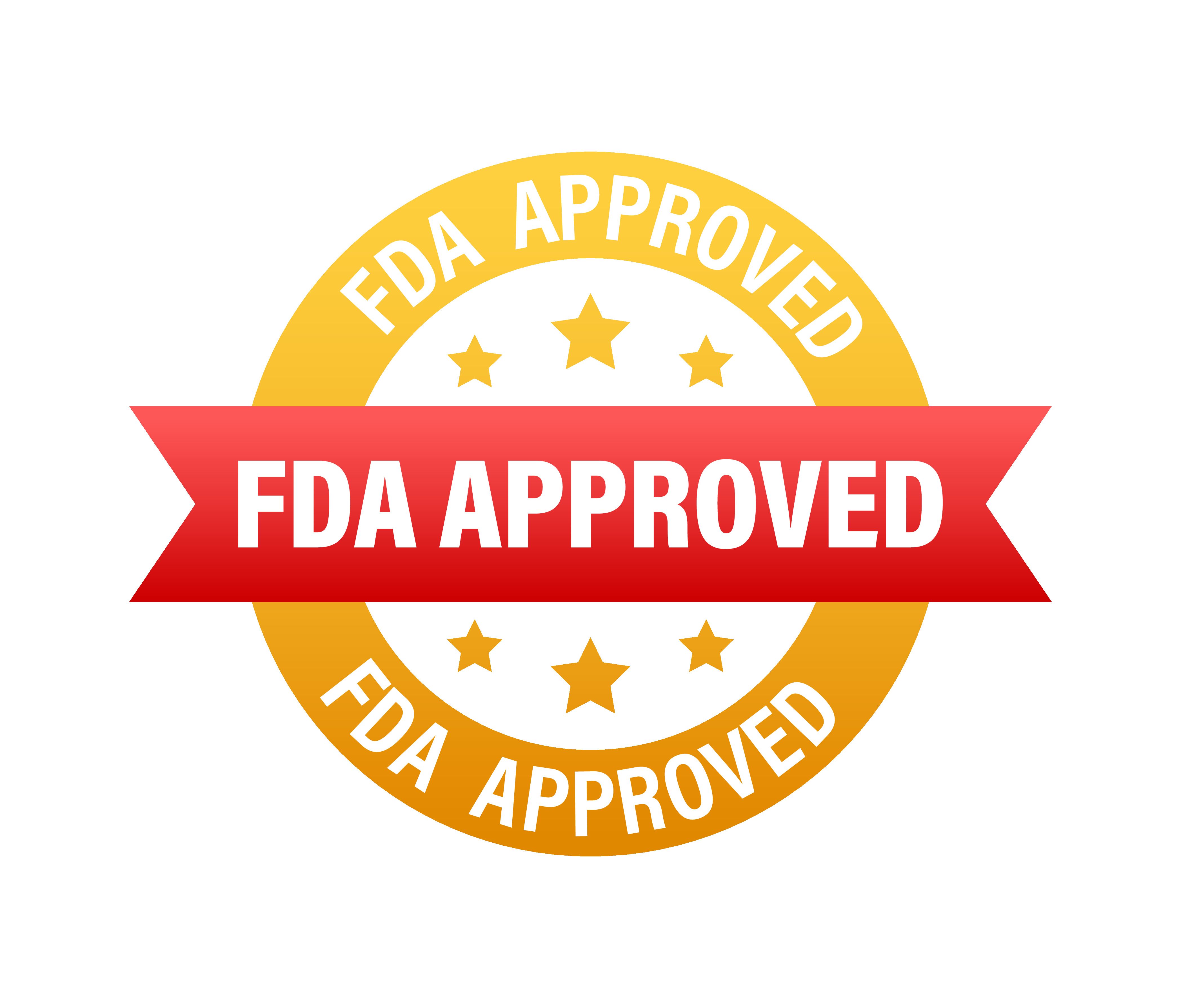News
Article
Evidence-Based Oncology
CRC Screening Increases in Patients Aged 45 to 49 After USPSTF Recommendation
Author(s):
Key Takeaways
- USPSTF's updated guidelines increased colorectal cancer screening rates in individuals aged 45 to 49 years.
- Screening uptake disparities were observed based on socioeconomic status and locality, with higher rates in metropolitan areas.
The updated guidelines from the US Preventive Services Task Force (USPSTF) have led to an increase in screening for colorectal cancer (CRC) in individuals aged 45 to 49 years.
In May 2021, the US Preventive Services Task Force (USPSTF) recommended for the first time that patients aged 45 to 49 years be screened for colorectal cancer (CRC), which had an immediate effect on testing rates in this age group, according to findings from a study published in JAMA Network Open. The findings also showed that screening in this age group can be affected by socioeconomic status and locality.1
Increased screening has been associated with a decrease in both incidence and mortality related to CRC, which led the USPSTF to expand its guidelines and encourage adults aged 45 to 49 years to get screened for CRC.2 However, the association between these updated guidelines and any increased uptake of screening had not been examined and was not well understood. This study aimed to assess privately insured individuals to evaluate the association between the updated guidelines, published in 2021, and uptake in screening for CRC.
Screening for colorectal cancer increased in patients aged 45 to 49 years after an update in screening guidelines | Image credit: © Dr_Microbe - stock.adobe.com

Deidentified commercial claims data from the Blue Cross Blue Shield (BCBS) Axis database were used for the retrospective cohort study. The database includes data from 92% of physicians and 96% of hospitals in the US. Data from January 1, 2017, to December 31, 2022, were used to evaluate differences in screening patterns before and after the guidelines were introduced. The years were separated into 2-month periods. Individuals were included if they used BCBS insurance for at least 12 months prior to the start of the period and did not receive screening for CRC in the 12 months prior. Those who were screened more than once were regarded as 1 individual in analyses.
Claims for the following tests were used to identify CRC screening: colonoscopy, CT colonoscopy, stool DNA test, fecal occult blood test, fecal immunochemical test, and flexible sigmoidoscopy. Outpatient procedures were included in the study, and patients with gastrointestinal tract symptoms were excluded. The risk of CRC for patients was evaluated, along with demographic data collected from BCBS that included age, sex, ethnicity, and area-level deprivation measured through the Social Deprivation Index (SDI).
The 10,221,114 study patients were aged 45 to 49 years with a mean (SD) age of 47.04 (1.41) years, and 51.04% of participants were female. A mean of 3,304,879 (108,378) individuals were eligible for screening in each 2-month period. The database primarily did not include race and ethnicity, with 66.76% of the participants listed as having unknown race and ethnicity. For participants whose race or ethnicity was known, 25.43% were White, 3.86% Hispanic, 2.65% Black, 1.15% Asian, and 0.15% Native American or Pacific Islander.
Mean screening uptake in patients aged 45 to 49 years was similar in the periods of January 1, 2017, to April 30, 2018, and May 1, 2018, to December 31, 2019 (0.57% [0.03%] vs 0.58% [0.02%]). Screening uptake declined during the COVID-19 pandemic (0.24% in March and April 2020—the pandemic’s onset) but increased steadily after the May 2021 USPSTF recommendation (range, 0.71%-2.41%). By December 31, 2022, rates of screening in patients aged 45 to 49 years were similar to those of patients aged 50 to 75 years (2.37% and 2.40%, respectively).1
The bimonthly mean screening increased from 0.58% (0.02%) prior to May 2021 to 1.58% (0.57%) after May 2021—a 1.00 percentage point (95% CI, 0.62-1.38) absolute change. However, the relative change was not significant (171.67%; 95% CI, –20.90% to 365.71%).1
The mean screening uptake increased from 0.50% (0.02%) to 1.51% (0.59%) in patients with average risk from the prerecommendation period to the postrecommendation period. The high-risk group saw a more moderate increase in screening rates, increasing from 2.12% (0.11%) to 2.33% (0.27%). Mean relative change in screening did not change significantly among patients at average risk (202.51%; 95% CI, –30.59% to 436.87%). Both female and male participants had a higher uptake of overall screening in the postrecommendation period compared with the prerecommendation period (1.56% vs 0.55% and 1.46% vs 0.45%, respectively).1
Individuals who resided in areas that had an SDI that correlated with the highest socioeconomic status had a significantly higher screening rate among average-risk beneficiaries compared with beneficiaries living in areas with the lowest socioeconomic status (1.84% vs 1.19%, respectively). Higher uptake was also found in patients with average risk if they lived in metropolitan areas compared with nonmetropolitan areas (0.53% vs 0.38% before recommendations and 1.59% vs 1.11% after recommendations, respectively). Overall, screening uptake in all patients increased by 0.19 percentage points (95% CI, 0.18-0.20) every 2 months after the recommendations were published.1
There were some limitations to this study. Only a subset of the population had data on race and ethnicity and health outcomes. Also, type of coverage was not evaluated in patients, which could have affected reasons for screening, and BCBS may not be representative of all Americans.1
The researchers concluded that overall screening increased in patients aged 45 to 49 years after the updated guidelines were introduced but found disparities based on socioeconomic status and area of residence, emphasizing a need for interventions in these areas to increase screening in all patients.1
References
1. Siddique S, Wang R, Yasin F, et al. USPSTF colorectal cancer screening recommendation and uptake for individuals aged 45 to 49 years. JAMA Netw Open. 2024;7(10):e2436358. doi:10.1001/jamanetworkopen.2024.36358
2. Colorectal cancer: screening. U.S. Preventive Services Task Force. May 18, 2021. Accessed October 7, 2024. https://www.uspreventiveservicestaskforce.org/uspstf/recommendation/colorectal-cancer-screening

Newsletter
Stay ahead of policy, cost, and value—subscribe to AJMC for expert insights at the intersection of clinical care and health economics.





